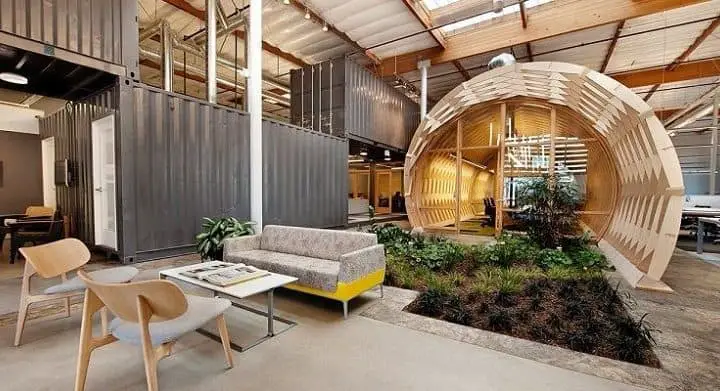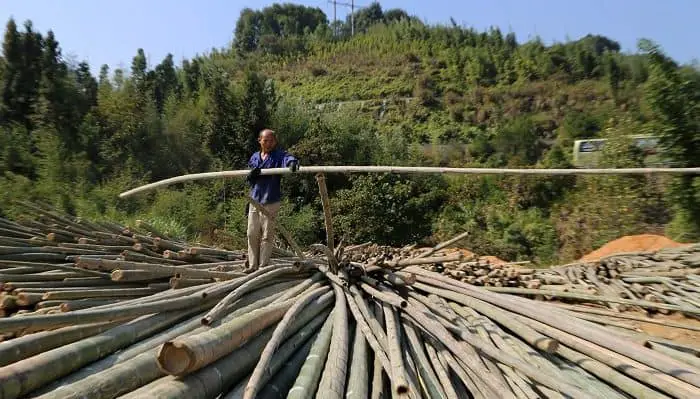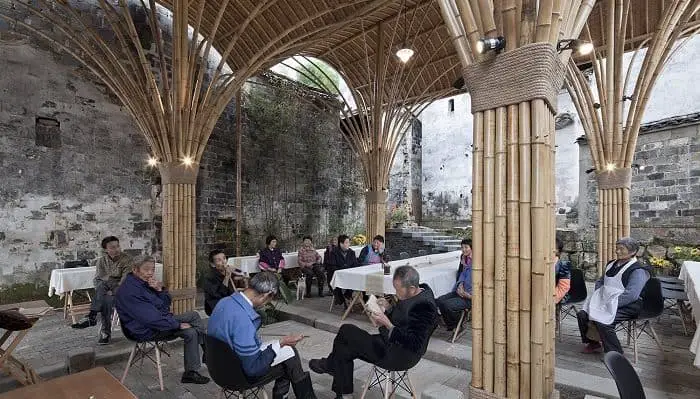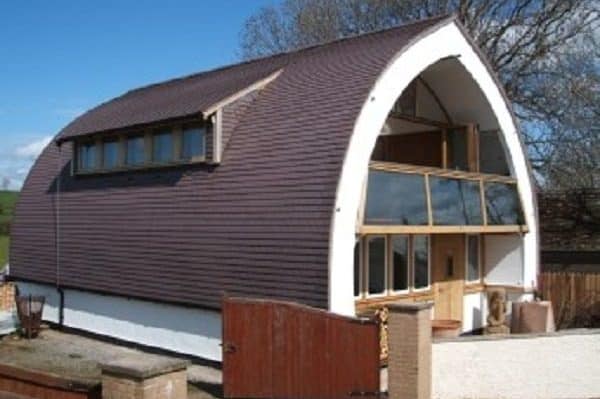Sustainable design and environmental education has gained popular traction in discourse in recent years and has found itself at the forefront of public and governmental debate. Interior design is all about the relationship between space and the people who inhabit it. It incorporates physical and psychological elements, all both of which play on the strings of health and wealth to enhance or diminish the quality of life.

Over the past decade, the interior design industry has seen a shift in strategies that now focus on building sustainable environments for people to live, work and play. Society as a whole, are coming to acknowledge the interconnectedness of buildings, people and community and the creation of an environmentally responsible built environment.
As a result of this realisation, Environmentally Sustainable Interior Design seeks to develop interiors that demonstrate and promote this communal responsibility. For this to materialise, there needs to be a shift in the materials used in designing the interior and exterior of rooms and buildings. This hasn’t always been easy given the costs, client preferences and general trend of valuing cost and style over sustainability.
Today, we turn to the likes of China for inspiring new sustainable design techniques and materials.
Building with Bamboo
Building with Bamboo: As seen in China (and the environmental impact)
This long woody grass can be a very sustainable material. It’s fast-growing, requires no fertilizer and it self regenerates from its roots so there is no need to replant it. This environmentally friendly crop can be grown in a variety of climates. Pesticides and chemicals are not needed for a healthy harvest- making it one of the most eco-friendly building materials available.
The world’s largest producer of bamboo, China- aka the ‘Kingdom of Bamboo’, has for generations used the material for weapons, food and scaffolding houses. Heavily dependent on concrete and industrial production, the West has long regarded bamboo as a poor man’s timber. Today, we have seen the rejuvenation of its application to modern architecture and China can teach us a thing or two.

This new green alternative has pushed China-based International Bamboo and Rattan Organisation to promote bamboo as a tool for environmentally sustainable development globally. It’s thus far been massively successful thanks to its mechanical properties. It’s flexible wit a tensile strength that can be stronger than some steel. Better yet, its strength-to-weight ratio comes in on top over both timber and brick.
This strength contributes to revaluing the plant as the saviour of sustainable building materials. Luckily for interior designers, bamboo is as beautiful as it is sustainable and can be used to construct both indoor and outdoor structures.

Bamboo has generated mass attention throughout the architectural and design world for its cultural significance. In 2016, the inaugural International Bamboo Architecture Biennale gathered artists working with the sustainable material together in Zhejiang Province’s bamboo-rich Baoxi.
Related: Copenhagen: A case study on sustainability, Examples of Environmental Sustainability
Building with Straw Bale
Natural, strong and thermally efficient straw bale, makes for good building material. It’s easy to build with provides excellent insulation and all for such little comparative cost. When used correctly, star bales longevity has the capacity last more than 200 years when maintained throughout the buildings lifetime.
In the UK alone, there are already hundreds of homes made entirely from straw bale and other natural materials. Equally, many have turned to this trusty material for extensions and garden constructions.

Strawbale constructions are beautiful, charismatic and charming. There are a few different methods to build with straw, some practices can even be self-taught and applied without the need for professional assistance. The four main methods are as follows:
- The load-bearing or Nebraska method, where the straw acts as structure, insulation and surface for plaster — for this type of build, there is no need for a frame.
- The infill or timber frame method, where the straw is only used as insulation and a surface for plaster.
- Hybrid methods, which combine the best of both techniques and are used especially where lots of glazing is required on one wall.
- Using prefabricated timber/straw panels.
Internal uses of straw bale are equally exciting. For the interior designer, a few interior-straw-bale-rules should be adhered to. Firstly, it must be plastered and decorated with permeable and breathable materials. These can be external lime plasters and internal clay plasters, with limewash or clay-based paints. They make for a stunning, light and modern design with cottage charm and character.
Building with Sheep’s Wool
Wool fibre naturally absorbs and releases moisture without lowering its thermal insulation properties. It has the capacity to prevent dampness build making it an excellent choice of building material. Best of all, sheep’s wool is a natural product produced by sheep themselves and therefore has zero production costs.
Many turn to this sustainable material for its exhaustive list of beneficial building properties. Its application ranges from nurseries, schools and hospitals to offices public buildings and monuments. It’s very safe as it doesn’t readily burn in air. It needs a high oxygen concentration for combustion- higher than what is available in the air.
Its flexibility and ease of use make it an obvious choice for builders to easily install it in homes. It’s cheap and affordable and contributes to the communal sustainable mission as it helps to increase energy efficiency and reduce energy costs
However, as a natural commodity, despite being produced naturally, the price of sheep’s wool is increasing rapidly thanks to the rising demand for wool for other purposes. This naturally makes it more expensive than glass or other less sustainable types of wool. The rising costs pose and obvious threat to the sustainability mission but can be combated with regulation and subsidies.
Conclusion
There remains scope in the mainstream construction industry to introduce the use of these sustainable materials. It is partly down to the interior designers and architects alike to drive the demand for these materials and get them circulating the mainstream design industry.